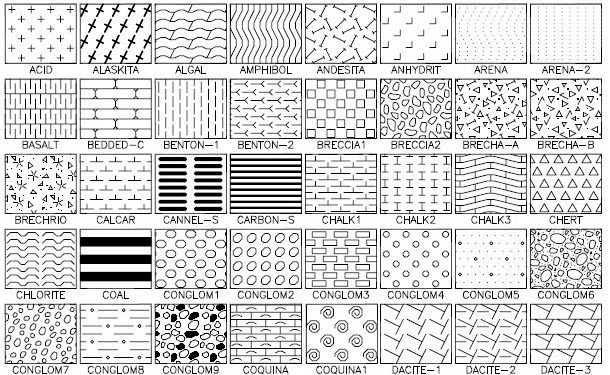


In the Block panel, click on the “Create” command, located in the top right corner.ģ. You can do this by following these simple steps:ġ.In your AutoCAD document, draw a desired pattern using a tool from the Draw panel.Ģ. Now, although AutoCAD offers plenty of hatch patterns on its own, sometimes we may want to personalize our drawings and implement our own hatch patterns. So getting the hatch patterns just as accurate as the drawings themselves is important. These hatches represent the real material to be used. This poses an interesting situation when AutoCAD users need to fill in the hatches of their drawings. And because AutoCAD designs can be intended for any structure under the sun, the material being used or involved in the design’s construction can vary greatly. One of the great things about AutoCAD is that it can be used to design drawings meant for different types of industries. If you knew someone with Vectorworks, you could have them export to CAD, and then import that CAD into Rhino (hopefully it works - best to import into a blank file and not a file that’s dear to you).Part 5 of 13 in our How To Use AutoCAD series PAT files I believe and has many hatches not included with AutoCAD. There are a few different ways to get a hold of a ‘.PAT’ file, it doesn’t have to be straight from AutoCAD necessarily (small chance I could be wrong here). If it’s complex, you’ll have to dig something up on an internet search.

My advice would be that if your hatch pattern is very simple (just lines) you can create it yourself. It looks super useful… too good to be free… there must be some catch?

There’s a website called … but I want to express a caveat that I have never downloaded anything from that site. The attached image shows a couple hatch patterns I made (for Revit actually, hence one for each angle there were ways around that even but I’m risking going off on a tangent here). Creating a custom hatch definition in an AutoCAD. Chiming in more as an AutoCAD expert here.


 0 kommentar(er)
0 kommentar(er)
